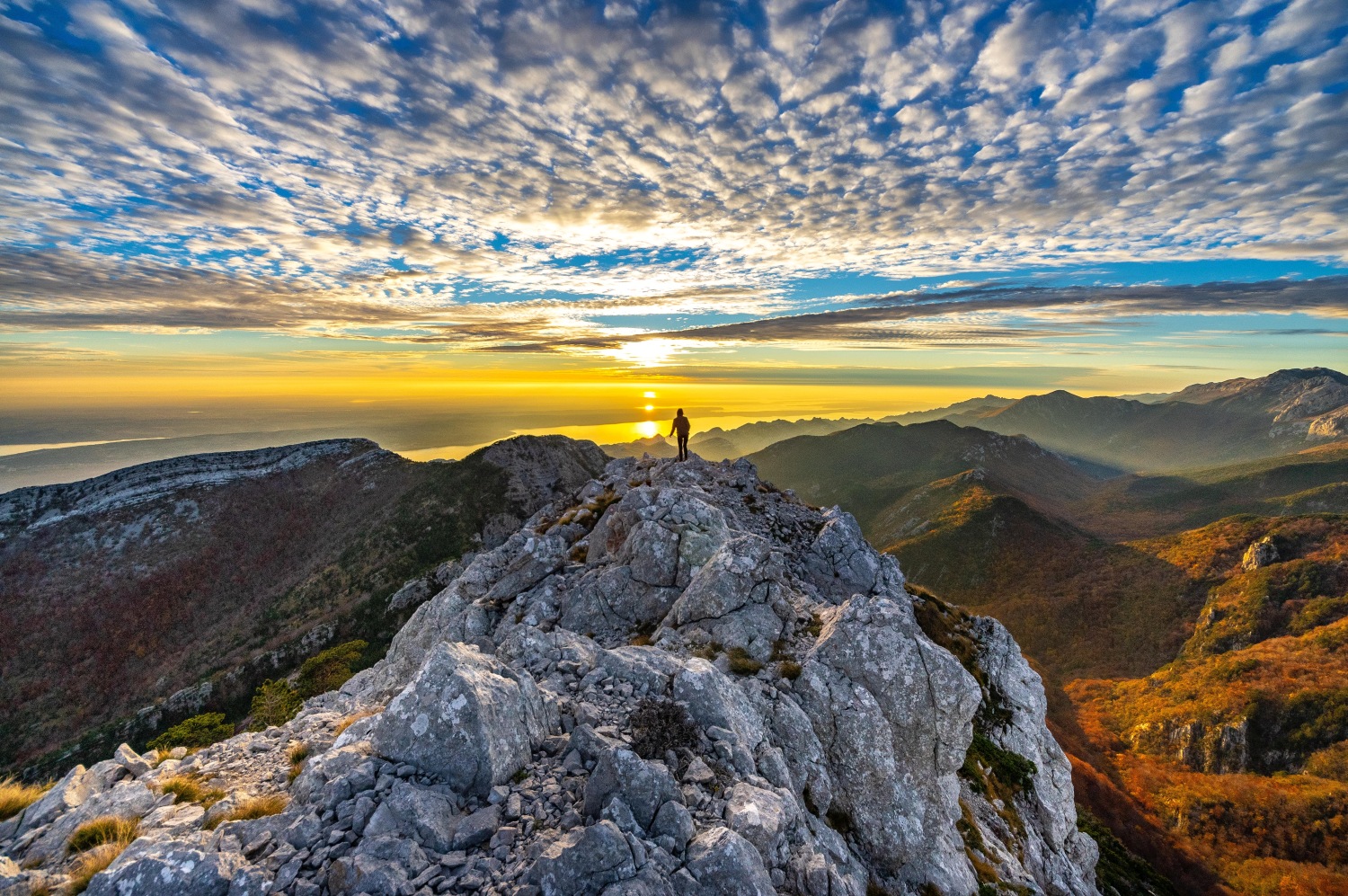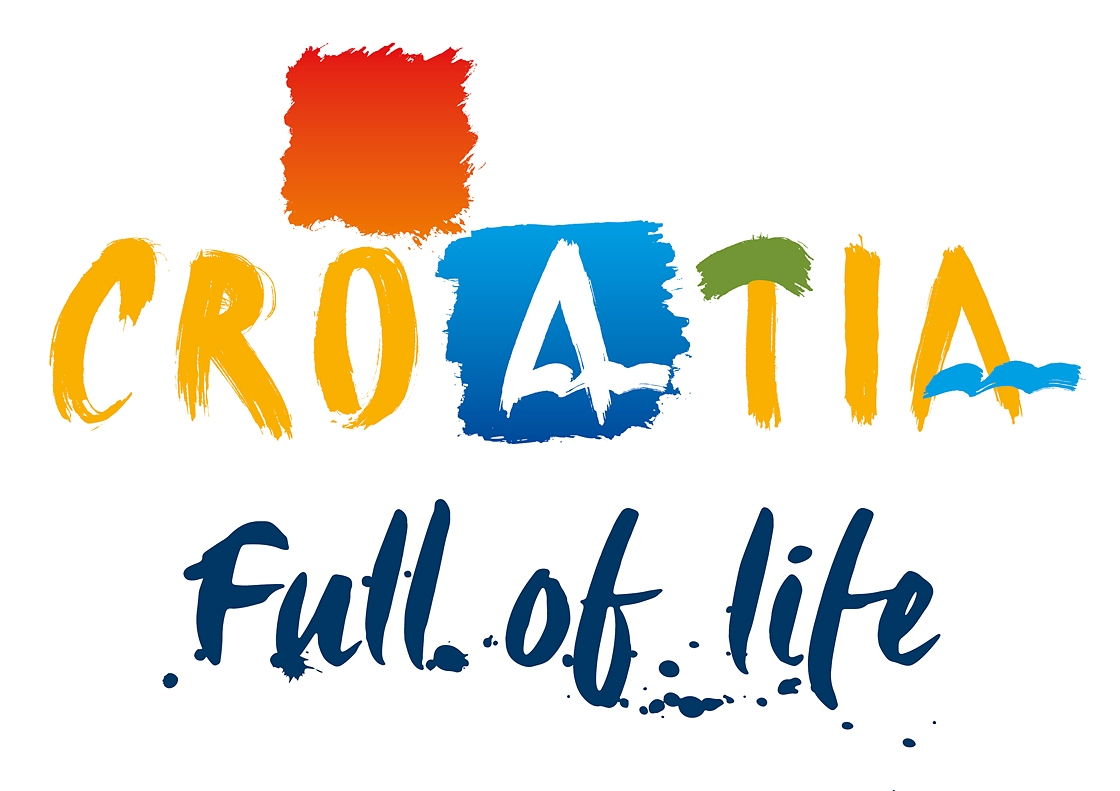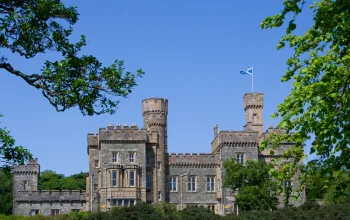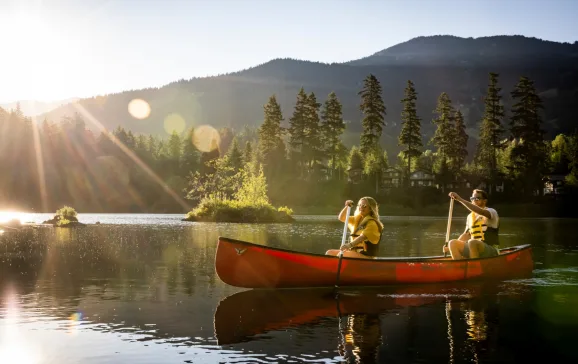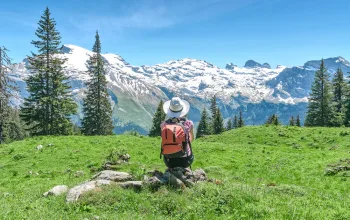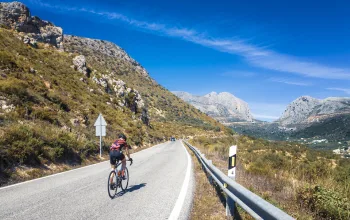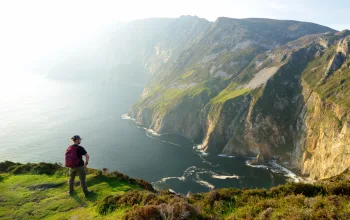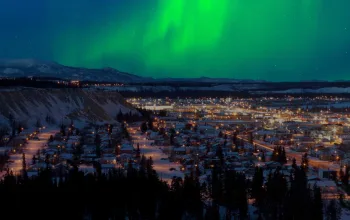Sponsored content
Zadar is the home of captivating legends and thrilling adventures, sandy and pebble beaches, hundreds of plant and animal species listed by UNESCO and spectacular mountains and seascapes that mean it was virtually designed for adventure tourism.
For everyone from families looking for eye-opening new ways to holiday with their children, to nature lovers, fans of history and culture and anyone with an adventurous spirit, Zadar in Croatia is an unspoilt playground with adventure around every corner. Try river rafting, mountain biking, river or sea kayaking, sailing, boating, windsurfing, diving, hiking, mountaineering and more in these wonderfully diverse landscapes.
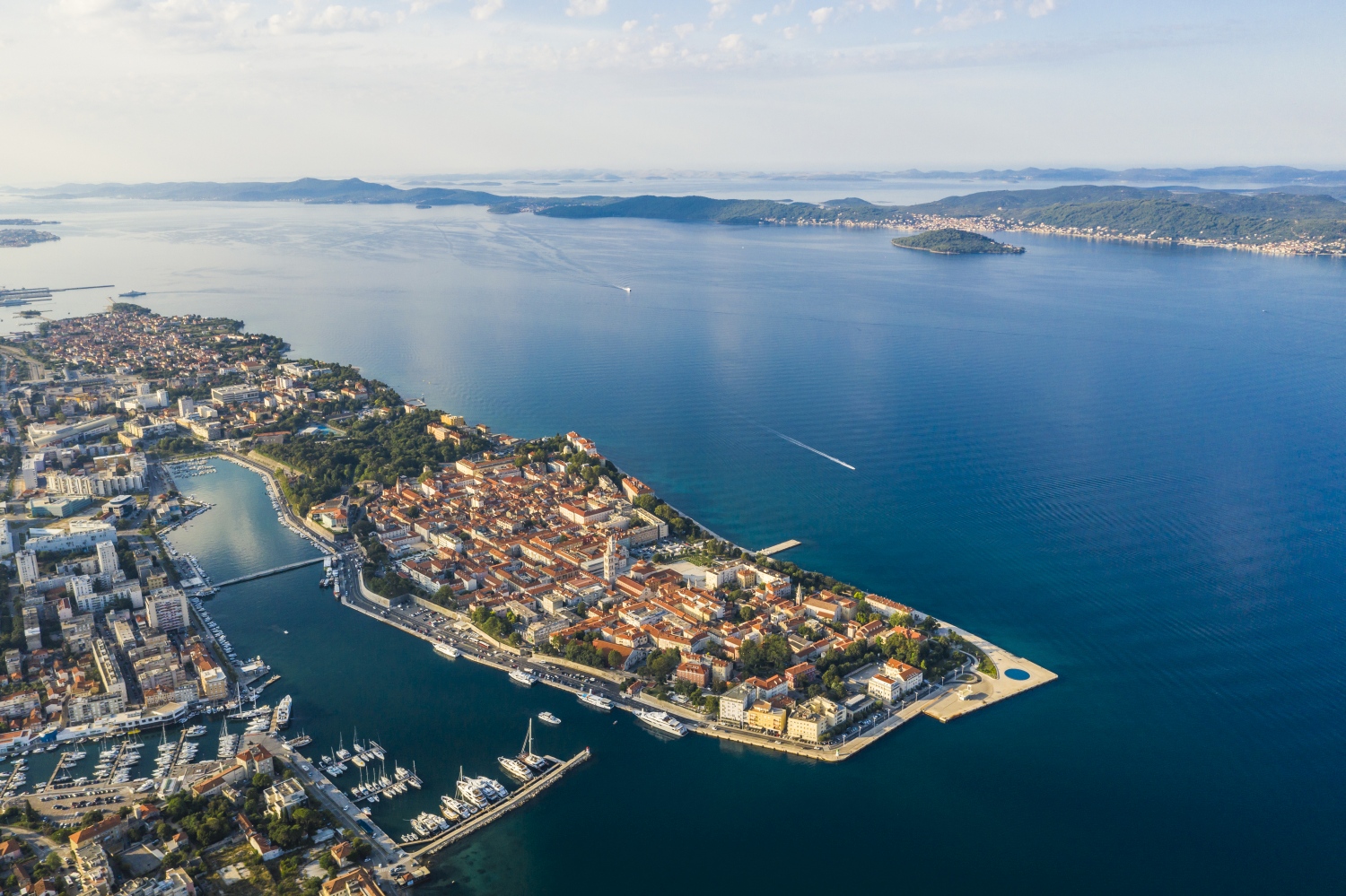
Where is Zadar?
The Zadar region is one of Croatia's 21 counties. It sits in the centre of the Croatian part of the Adriatic coast and is surrounded by five National Parks, while being home to three nature parks of its own. Its lovely coastal resorts and nearby islands provide excellent conditions for both active travel and relaxed family holidays.
At the centre of the region is the 3,000-year-old city of Zadar, the former capital of Dalmatia, and the gateway to this fascinating region. It is a proud city of rich and interesting tradition and amazing cultural heritage, a heritage it shares with small coastal towns such as Biograd and Nin. Zadar's old town is situated on the peninsula and is teaming with fascinating historical interest dating back to the Roman times.
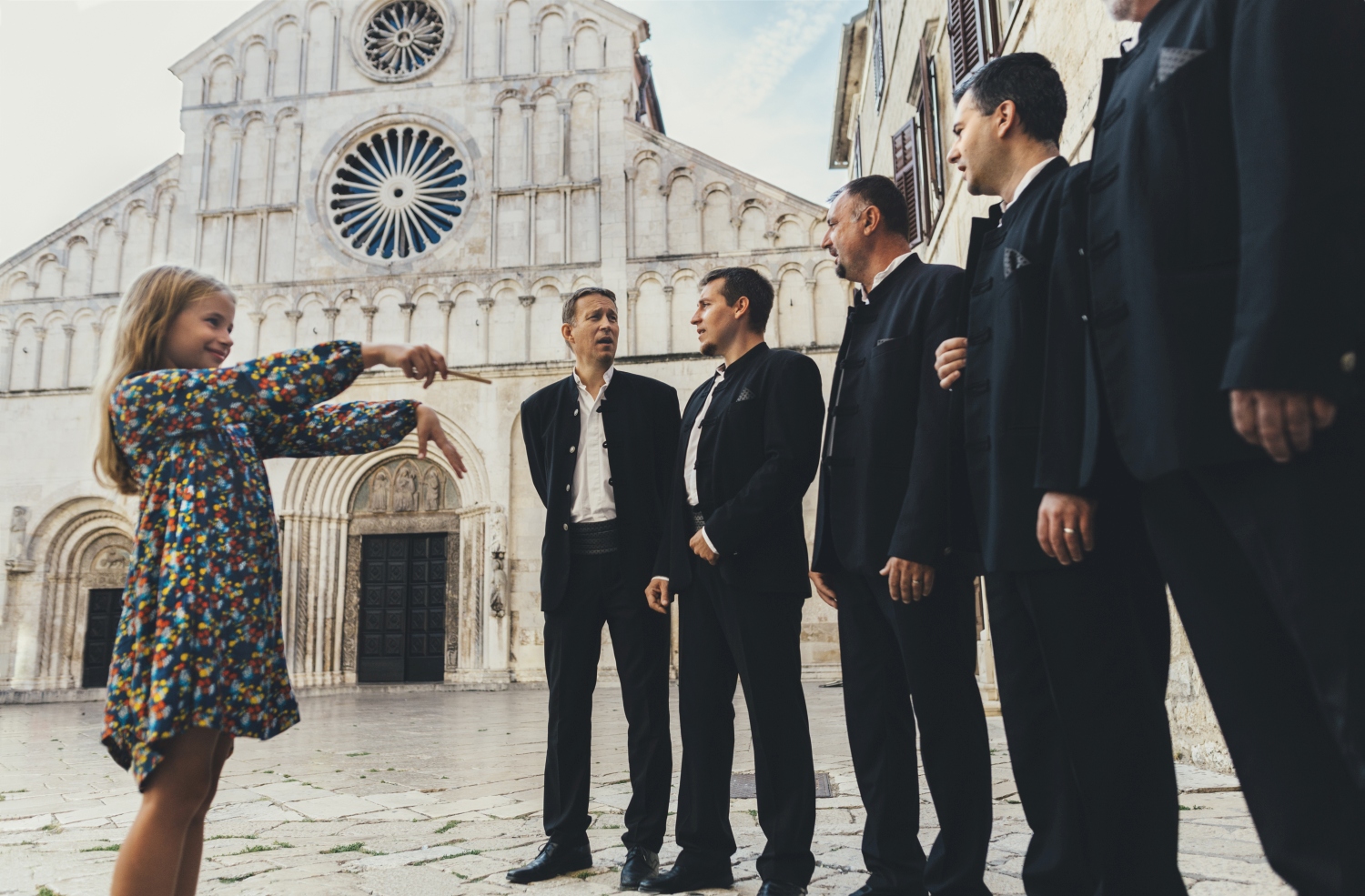
The long and indented coast, dotted with hundreds of islands, rises up inland to the high mountain peaks of the Velebit range. National parks, nature parks, islands, reserves, woods, fields, groves, bays, coves and beaches and the canyon of Zrmanja river make up a tapestry of nature that will inspire hikers, bikers and anyone wanting to explore such diverse landscapes.
The Zadar region is an easily accessible destination by land, sea and air. It has good infrastructure with direct connections with the larger cities of Croatia: Zagreb, Rijeka, Split and Dubrovnik. Zadar does have its own airport just 10 km from the city of Zadar. There are regular flights to Zadar airport between April and October from many European destinations, including London.
Zadar also has ferry connections with Ancona in Italy, a city on the opposite side of the Adriatic.
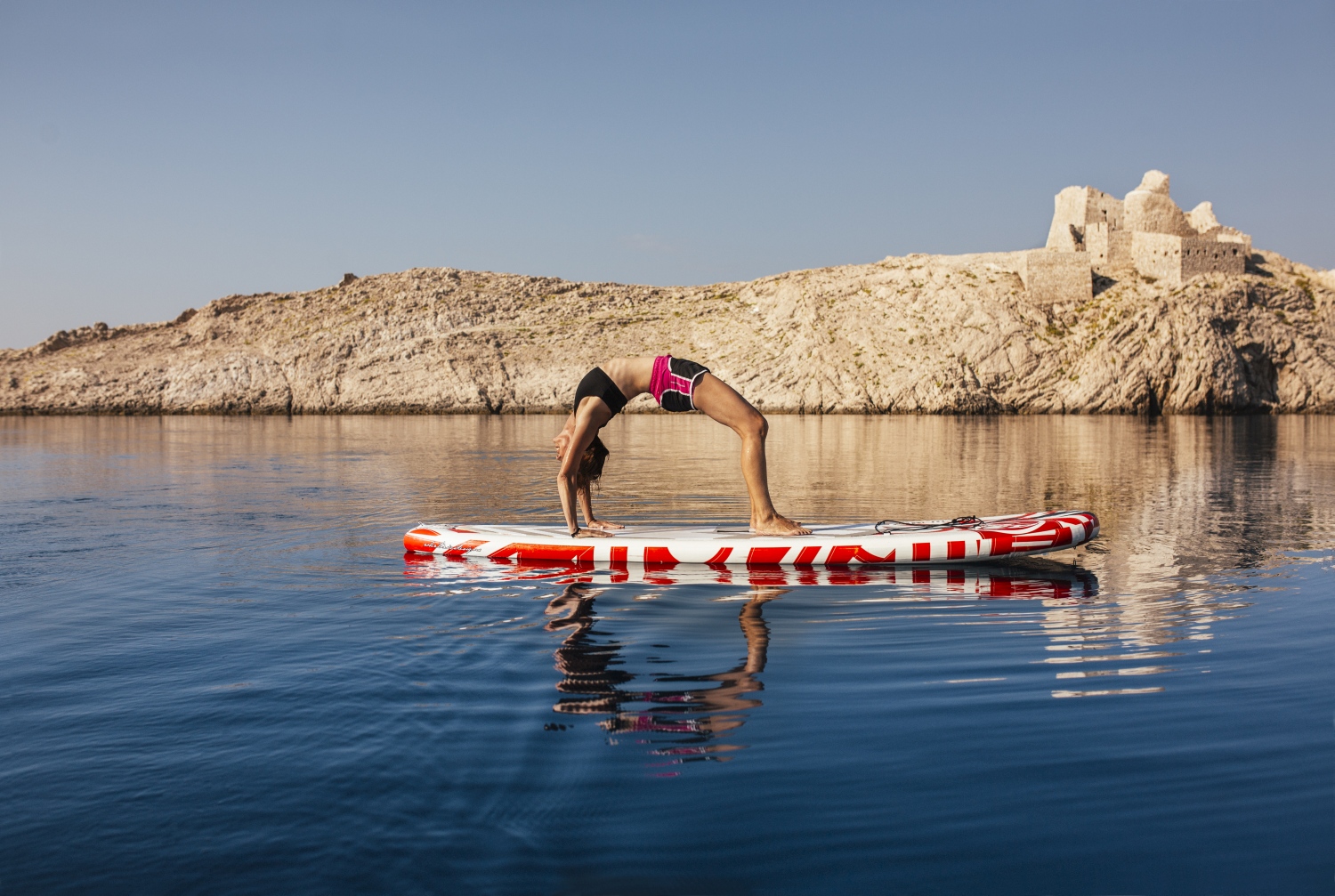
Highlights of the Zadar region
One of the most diverse Croatian areas, the Zadar region is known for its spectacular nature and great food, for its hundreds of islands, stunning mountain ranges, karst rivers and canyons, tranquil lakes, and picturesque Dalmatian towns. You can raft or canoe down the River Zrmanja canyon, you can hike the trails in the Paklenica National Park, and cycle the coastline to explore the moonlike surface of the island of Pag, or try the great scenic trails of Pašman and Ugljan or take a ferry and roam around on incredible Dugi Otok.
Families will enjoy the gentle picturesque routes of the Nin or Biograd Riviera and wonderful sea resorts, and road cyclists will relish training on longitudinal routes along the island or hinterland.
Zadar city is in tune with both the past and present. As well as ancient attractions such as Five Wells Square, the Roman Forum, the Museum of Ancient Glass and the 13th century Rector's Palace, it is also home to the very modern Sea Organ and and the Sun Salutation - the greeting to the sun. The Sea Organ is a remarkable art installation that creates tunes using the motion of the waves, and the Sun Salutation is a stunning monument that uses 300 glass plates to store the energy of the sun and use it create a light display just after sunset.
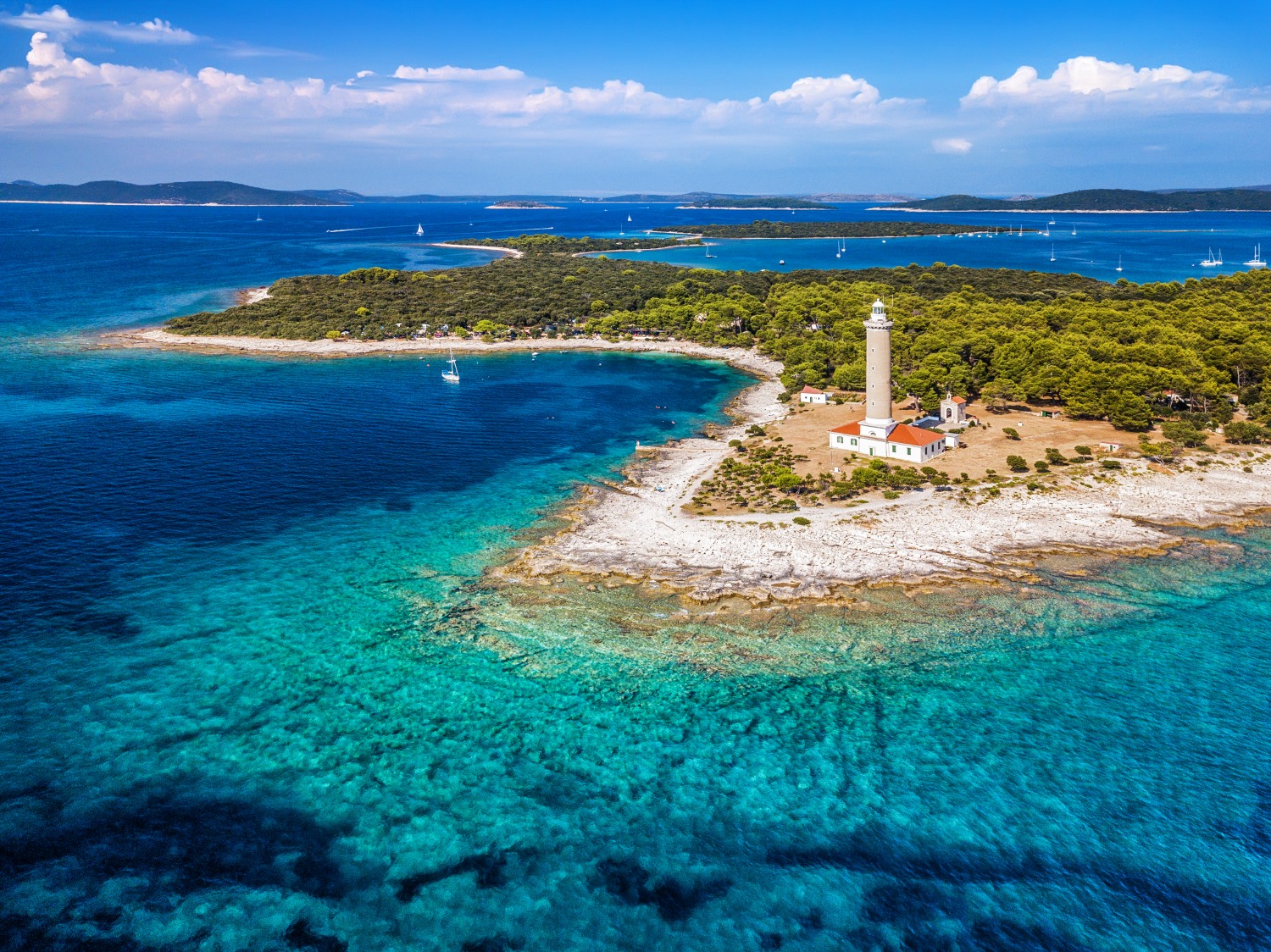
If you love sailing or you simply enjoy the open sea, the Zadar region will delight you! Its crystal-clear shores and lovely teal bays offer countless marine aromas and naval flavours to nurture your roaming spirit. Sailing by the wonderful islands, islets and reefs surrounding one of the most indented coastal waters of Europe is the trademark of this region.
Or explore the rivers Zrmanja and Krupa, with their spectacular canyons and picturesque waterfalls, creating wonderful opportunities for canoeing and rafting.
Six reasons to visit the Zadar region
There are many reasons to visit the Zadar region's diverse landscapes, but here are our top picks. Take a look below and get ready to say YES! to the Zadar region...

Zadar City: An UNESCO World Heritage Site
With 3,000 years of history to draw on, it's no surprise that Zadar is enriched by the culture and heritage of the region, from ancient Roman ruins to the modern art installations. The episcopal complex includes numerous historic buildings such as the Roman Forum, St. Anastasia's Cathedral (whose bell tower offers wonderful views over the city), the Archbishop’s Palace, the Church of St. Donatus, the Zmajević Seminary, the Orthodox Church of St. Elias, the Benedictine Nunnery and several others. For some golden moments, visit the permanent Exhibition of Church Art – the Gold and Silver of Zadar.
The Archaeological Museum is also well worth a visit to learn more about the history of the local area, and for something a little different, the Museum of Illusions has mind-bending interactive exhibits including a mirror room, infinity room, holograms and more.
The main thoroughfare, Kalelarga, also known as the Wide Street, is the most beloved street in Zadar, probably older than the city itself. This is a city of the people, and for the people. The Zadrani love to while away time sipping coffee and watching the world go by. And strolling through the streets from the People's Square on a walking tour, you will discover many monuments and hidden corners and hear stories of legends and learn about the people of Zadar.
Zadar's waterfront is home to the art installations, the Sea Organ and Sun Salutation, while the old town is a great place to learn about the city walls that are now UNESCO World Heritage Listed.
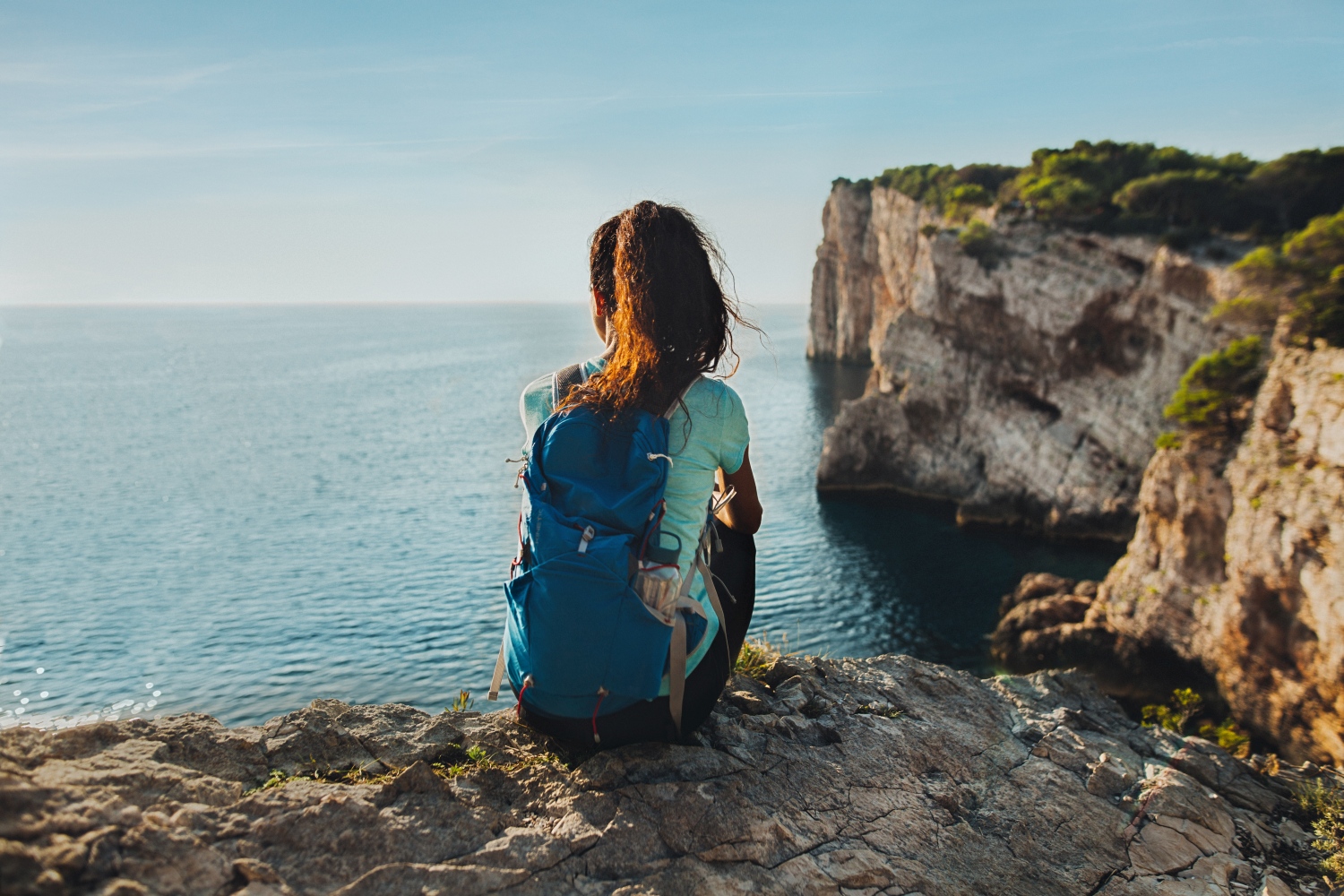
Great variety of hiking trails
For lovers of hiking and mountaineering there are plenty of varied trails! Lungo mare promenades in coastal towns with the smell of the sea and the sounds of crickets and an irresistible sunset, are the ideal end to the day. However, for the most ambitious, the most famous mountaineering destination in this area is certainly the Paklenica National Park, part of the Velebit mountain massif. There is something for everyone - from easy to demanding trails, but they all offer breathtaking vistas and provide a unique experience.
For the hiking adventure of a lifetime, with a 104 km long hiking experience over 5 days—the Highlander Velebit adventure transverses two Croatian national parks, the Northern Velebit, and Paklenica National Park. Though challenging, this long-distance hiking experience has been designed for nature lovers, not just professional hikers. The trail was curated by local mountaineers, meaning all the hard work has been done for you, allowing you to hike parts of the mountain that are less visited than most.
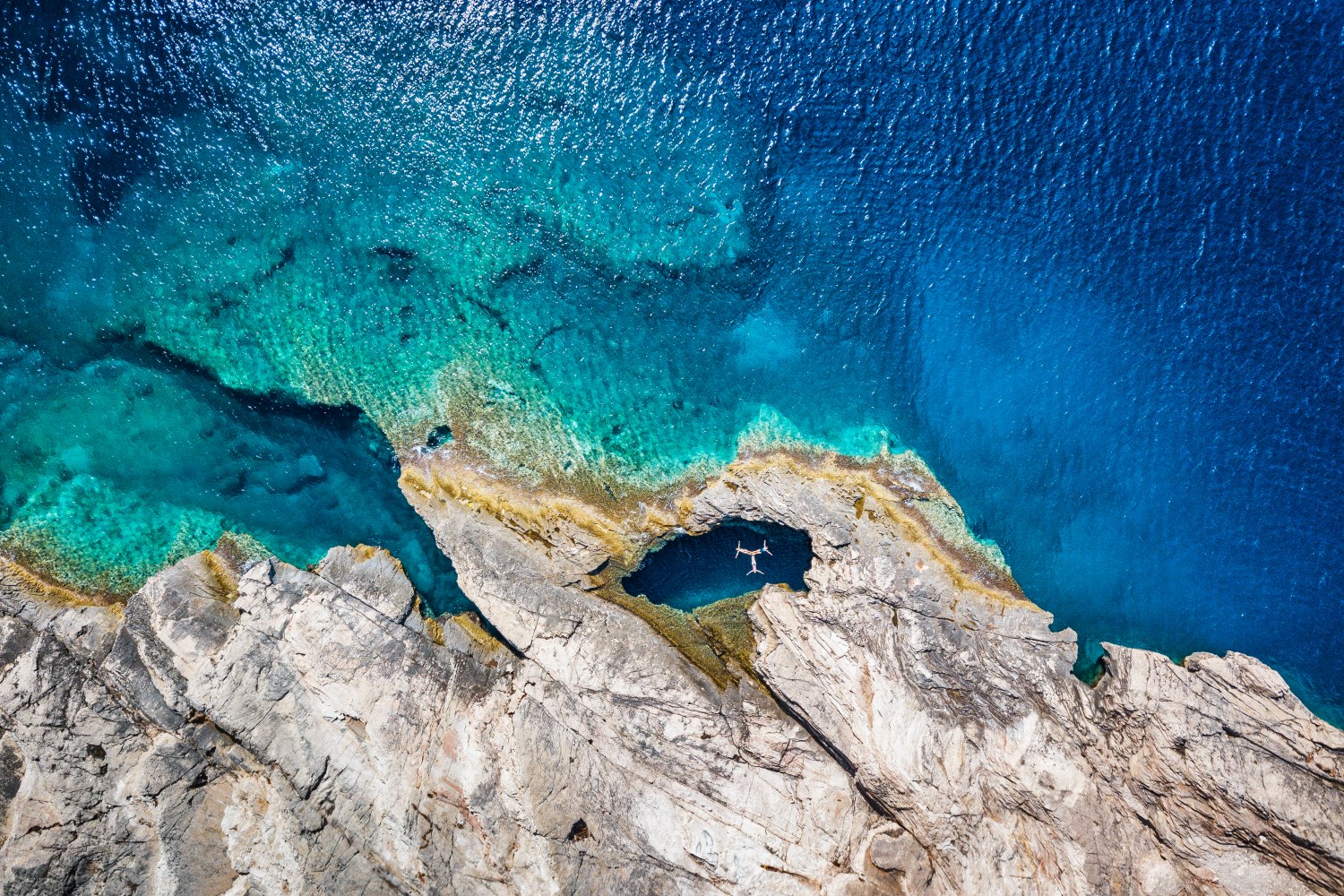
Spectacular coasts and marine-based activities
This Adriatic Sea region of Croatia is renowned for its beautiful beaches, but there's so much more to it than that. With 300 islands are dotted around this part of the Dalmatian coast, the Zadar Archipelago is perfect for explorations by sea. With so many islands, coves and reefs to explore, it is no surprise that there are also lots of ways you can experience Zadar's nautical side. There are countless opportunities to find solitude - and your own place to drop anchor and swim.
The area is blessed with many marinas, and from each of them, you can explore the region. All you have to do is choose how. There are daily ferries, sailing schools, bareboat charters, sailing boats, motorboats, catamarans, monohulls, speed boats, and even little row boats are on offer.
For anyone short on time, or with a big bucket list to check off, nautical day trips are a supreme way to enjoy the coast, see the local sights, and of course, try the local cuisine.
Popular nautical day-trips include: Dugi Otok - home of the stunning Telašćica Nature Park - Pašman Island, Ugljan Island, Kornati Islands National Park, Molat, Silba, Olib, Premuda, Sakarun Bay, Veli žal beach. for the romantically-minded, a sailing trip to the tiny island of Galešnjak is a must. Galešnjak is known throughout the world for its perfect heart shape which was accidentally discovered during a Google Earth search.

Food and wine
The Mediterranean diet is an integral part of the local cuisine. Fish, shellfish and other seafood, topped with olive oil, in the most fishing region of Dalmatia, are practically a mandatory part of the menu. You will find Pag's award-winning cheese in every restaurant, and you can also visit cheese dairies on the island of Pag.
Some of the intoxicating wines, which have been grown here for more than 3,000 years, will go well with the cheese, and a visit to one of the local vineyards is a great way to appreciate the spectacular natural landscapes and learn how the wine is made. If you are a real foodie, you must try peka - a classic octopus or veal with potatoes and vegetables, and Pag lamb is already widely known under peka.
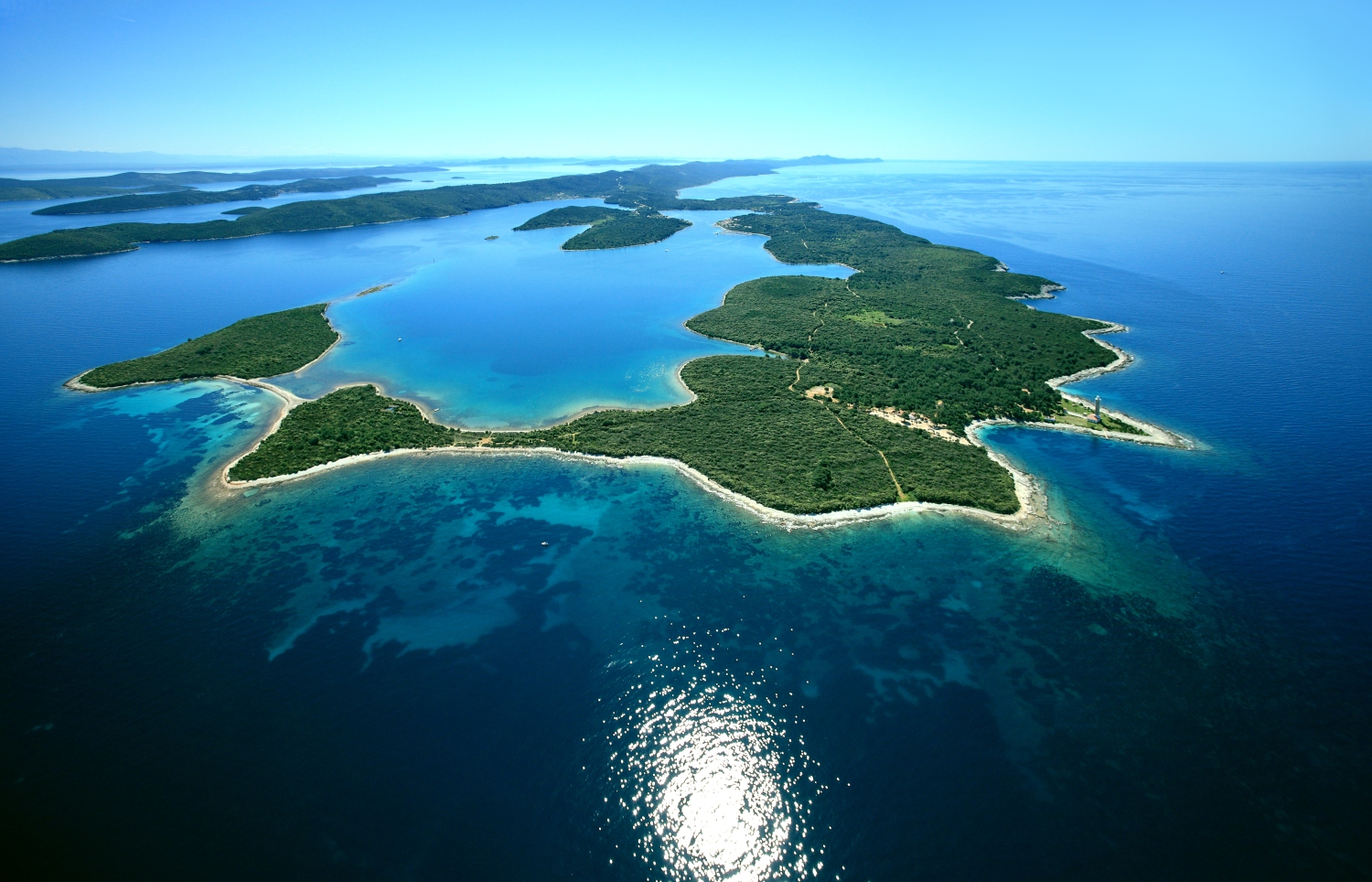
A paradise for island hopping
For the super-fit, don't miss the chance to venture on a sea adventure or two in the Zadar Archipelago, including skill courses and day trip options. Try three-day kayaking excursions, where you will explore shipwrecks, caves, and bountiful reefs, or a 7-day SUP tour with a bit of cycling thrown in!
Each day you'll see something new, including the top attractions such as Brgulje Bay, a pebblestone beach on Tovarjak Island, snorkel in an underwater cave, visit sandy beaches, and the Our Lady of the Snow Baroque-style church from 1514. Suitable for both beginner and advanced SUP paddlers, this trip will take you to the islands of Molat, Ist, and Dugi Otok. With departures from June through to September, the team will pre-arrange local accommodation for you and have a great lineup of active activities to keep you busy.
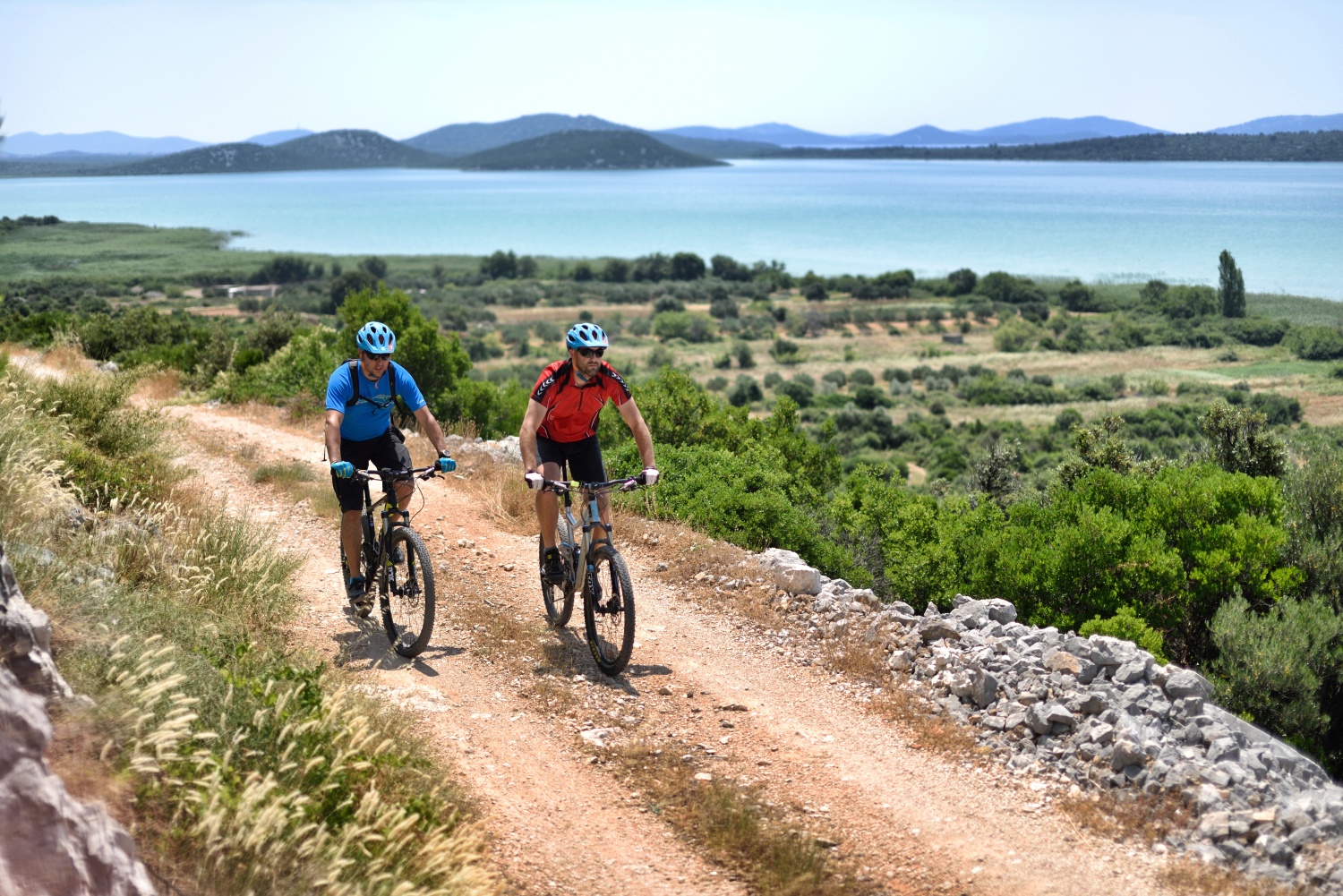
Perfect for off-peak adventures
While the summer months see an influx of families filling the school holidays, the 'shoulder seasons' of spring and autumn are perfect for those looking for off-peak adventures. Try a 34km cycling tour in. the southern Velebit, or a demanding sunrise hike in Paklenica National Park, or maybe a kayaking trip on the karst river Zrmanja. Spring and autumn are also the ideal times to visit Vrana Lake - one of the top birdwatching spots in Croatia.
The Sacred Triangle of Pag (on the island of Pag) is a very popular tourist site that links three sacred spots where the Christian churches were built on the foundations of pagan places of worship. This rugged inaccessible area poses quite a challenge to all those who love to hike and also offers wonderful views of the surroundings from the highest point of the island.
For the truly adventurous, a tandem parachute jump is the perfect way to get a bird's eye view of the Adriatic Sea, the island of Pag and the Velebit mountains. If you book your spot on time you can even jump at sunset, which is the 'creme de la creme' of parachute jumping. And it was film-maker Alfred Hitchcock who noted that sunsets in Zadar were the most beautiful in the world!
For more information about everything that Zadar has to offer, go to zadar.hr/en



